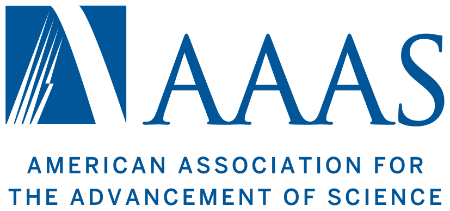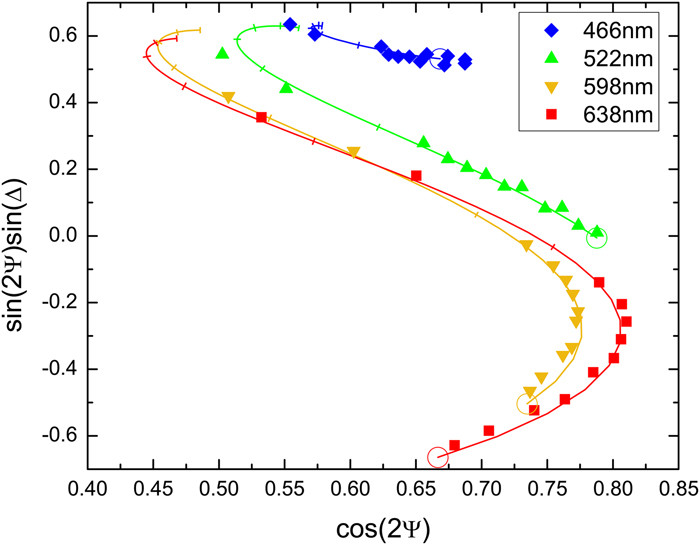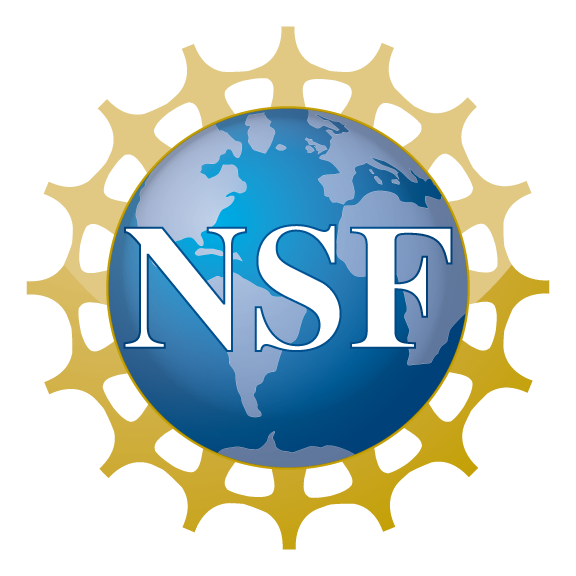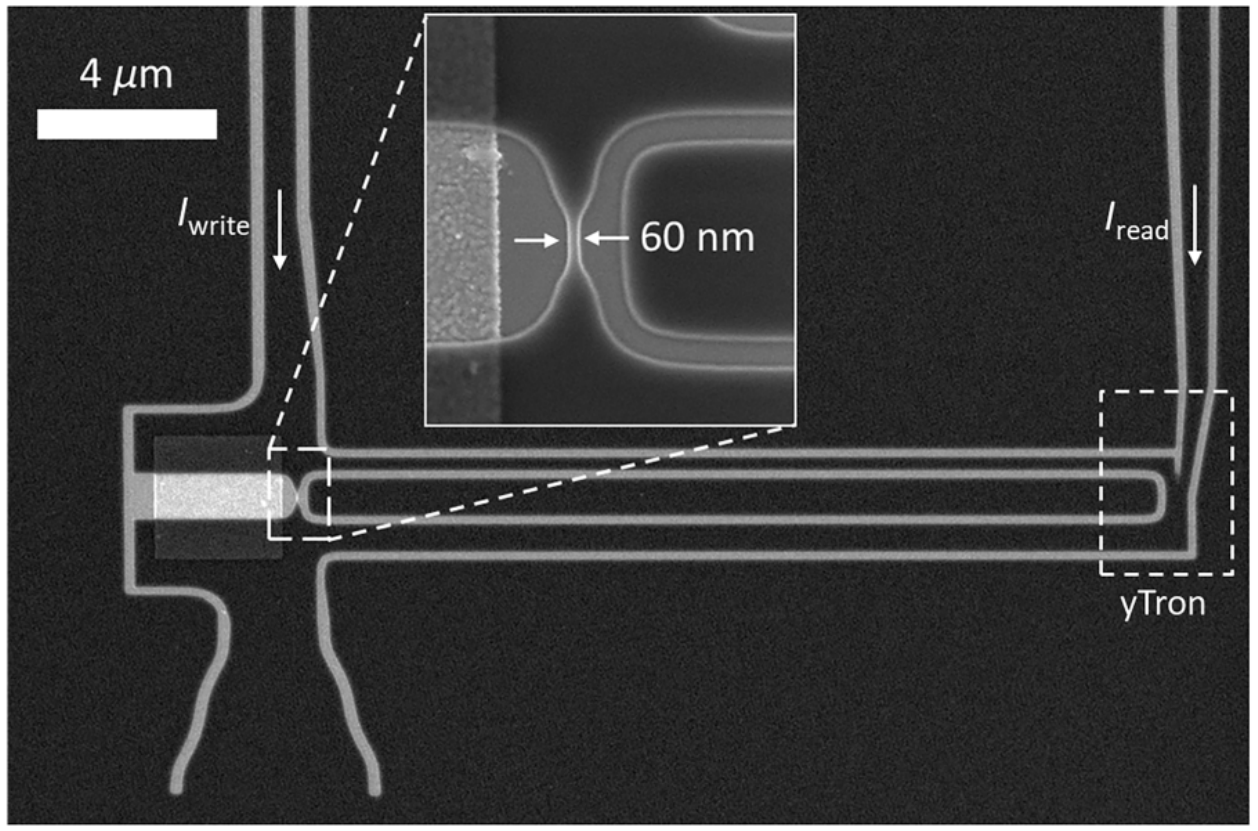News
Emily Toomey selected as 2019 AAAS Mass Media Fellow
Congratulations to Emily Toomey for being selected as 2019 AAAS Mass Media Fellow.
The AAAS Mass Media Fellowship is a competitive program aimed at encouraging communication in science and fostering connections between scientists and journalists. Each year, fellows are placed at media organizations nationwide for ten weeks to write and report on the latest news in science, and to explain scientific concepts to a broad audience. This year, 26 fellows were selected based on resumes, writing samples, and recommendations. Emily will be working at Smithsonian Magazine in Washington, D.C.
New Publication “Measuring thickness in thin NbN films for superconducting devices”
The authors present the use of a commercially available fixed-angle multiwavelength ellipsometer for quickly measuring the thickness of NbN thin films for the fabrication and performance improvement of superconducting nanowire single photon detectors. The process can determine the optical constants of absorbing thin films, removing the need for inaccurate approximations. The tool can be used to observe oxidation growth and allows thickness measurements to be integrated into the characterization of various fabrication processes.
A complete description of the work may be found here.
John Simonaitis awarded NSF fellowship
Congratulations to John Simonaitis on receiving the National Science Foundation Graduate Research Fellowship. This prestigious and competitive award will support his work for three years.
New Publication “Enhancement of Optical Response in Nanowires by Negative-Tone PMMA Lithography”
The method of negative-tone polymethyl methacrylate (PMMA) electron-beam lithography is investigated to improve the performance of nanowire-based superconducting detectors. Using this approach, the superconducting nanowire single-photon detectors (SNSPDs) have been fabricated from 5-nm-thick NbN film sputtered at room temperature. To investigate the impact of this process, SNSPDs were prepared by positive-tone- and negative-tone-PMMA lithography, and their electrical and photodetection characteristics at 4.2 K were compared. The SNSPDs made by negative-tone-PMMA lithography show higher critical-current density and higher photon count rate at various wavelengths. Our results suggest a higher negative-tone-PMMA technology may be preferable to the standard positive-tone-PMMA lithography for this application.
A complete description of the work may be found here.
New Publication “Bridging the Gap Between Nanowires and Josephson Junctions: A Superconducting Device Based on Controlled Fluxon Transfer”
The basis for superconducting electronics can broadly be divided between two technologies: the Josephson junction and the superconducting nanowire. While the Josephson junction (JJ) remains the dominant technology due to its high speed and low power dissipation, recently proposed nanowire devices offer improvements such as gain, high fanout, and compatibility with CMOS circuits. Despite these benefits, nanowire-based electronics have largely been limited to binary operations, with devices switching between the superconducting state and a high-impedance resistive state dominated by uncontrolled hotspot dynamics. Unlike the JJ, they cannot increment an output through successive switching and their operation speeds are limited by their slow thermal-reset times. Thus, there is a need for an intermediate device with the interfacing capabilities of a nanowire but a faster, moderated response allowing for modulation of the output. We present a nanowire device based on controlled fluxon transport. We show that the device is capable of responding proportionally to the strength of its input, unlike other nanowire technologies. The device can be operated to produce a multilevel output with distinguishable states, the number of which can be tuned by circuit parameters. Agreement between experimental results and electrothermal circuit simulations demonstrates that the device is classical and may be readily engineered for applications including use as a multilevel memory.
A complete description of the work may be found here.




